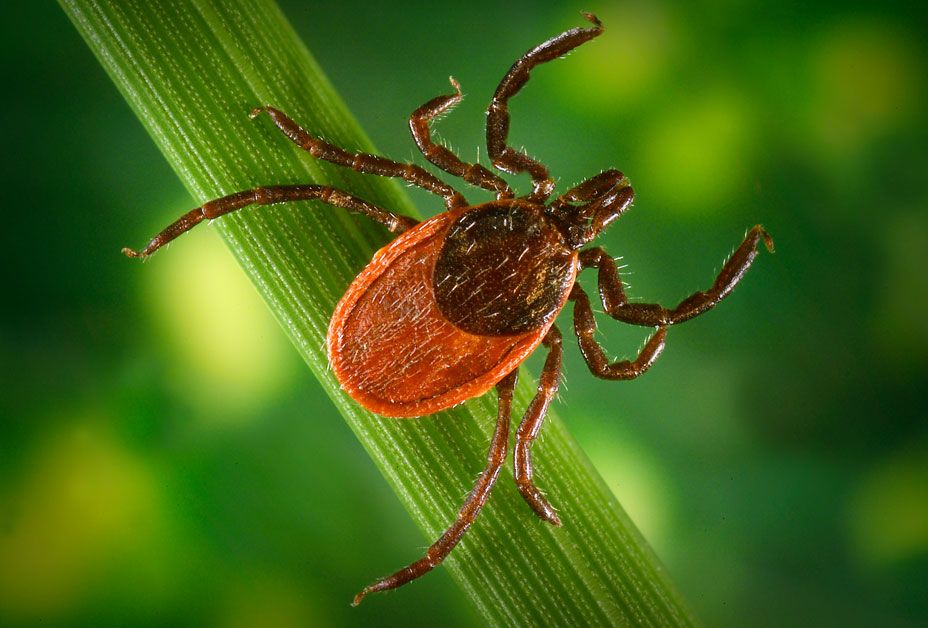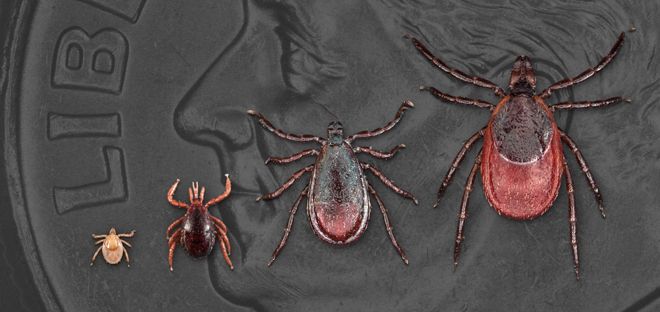As the weather warms up, more Ohioans will swim, bike and hike but a pest the size of a poppy seed can ruin your fun.
What You Need To Know
- The mild winter will make ticks more numerous this year
- Tick-borne illnesses can be serious and even deadly
- Ohio is recently home to two newer ticks
- Ticks are starting to show up in more habitats
Even though we had a cold February, a very mild and snow-free March has allowed tick season to start early.
This spring and summer you will see more ticks crawling around.

Tim McDermott, an educator with Ohio State University Extension, the outreach arm of The Ohio State University College of Food, Agricultural, and Environmental Sciences, says people need to think about ticks more because we have a lot of them.
Ohio has dog ticks, deer ticks, lone star ticks, the Asian longhorn tick and the Gulf Coast tick.
McDermott says two newer ticks discovered here in Ohio are the Gulf Coast tick and the Asian longhorn tick.
All of these can carry harmful diseases to people and pets.
The deer tick is known to cause Lyme disease and is widely known.
You might not know about the tick-borne illness that can cause a serious allergic reaction to red meat.
Alpha-gal syndrome (AGS) is a serious and potentially life-threatening allergic reaction.
The alpha-gal molecule is not found in humans, but it has been found in the saliva of ticks.
According to the CDC, there is growing evidence AGS can be triggered by the bite of a lone star and a deer tick.
Both ticks are in Ohio.
McDermott says he also wants to bust two tick myths.
One is that you should only look for ticks in the summer. While it's true that they are less active in the cold weather, they can still be out any time of year.
The second myth is that if you avoid the woods, you will avoid ticks. This is not true. McDermott says ticks are now showing up at beaches. They do like certain places but can be found in the grass and the woods.
While all of it sounds a little scary, McDermott says there are things we can do.
1) Wear long sleeves and long pants.
2) Use tick repellent.
3) Wear shoes and clothing treated by Permethrin.
4) Protect your pets with anti-tick products from a veterinarian.
5) Keep dogs on a leash and keep them from going into weedy or high grassy areas.
If you find a tick on you, make sure you use a tick tool or tweezers to remove it from your skin.
Get the tweezers or tool close to the head of the tick and pull up.
Clean the area of the tick bite and your hands. You can also save it for identification.
There's no need to get stuck indoors all spring or summer, but a few steps might keep you from getting a tick-borne illness. Ticks in Ohio are definitely becoming more widespread.



